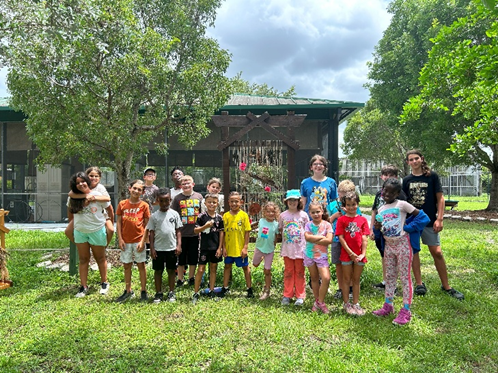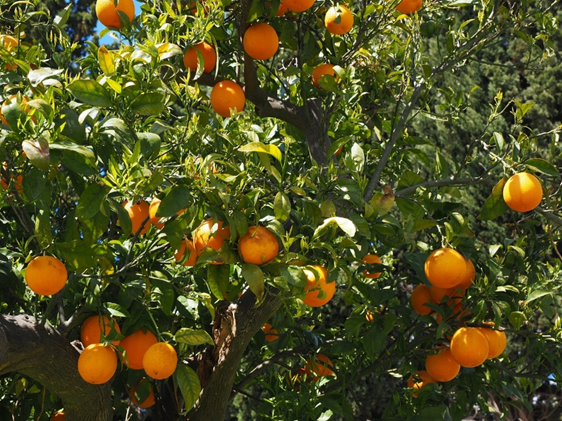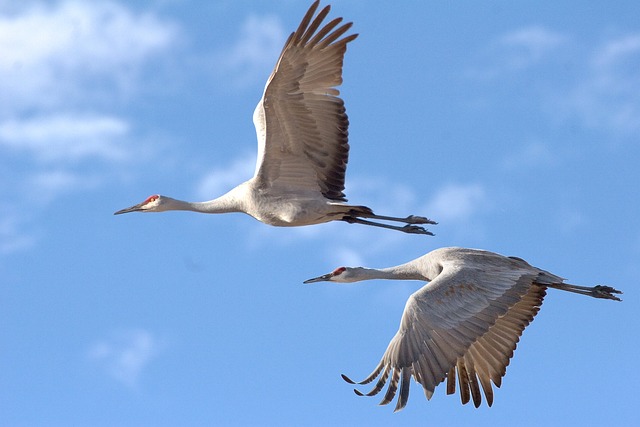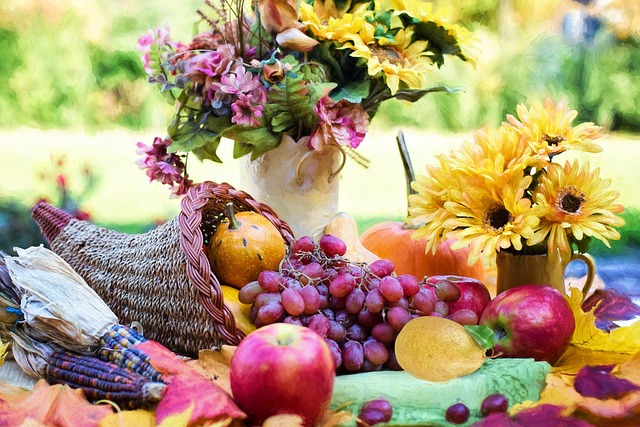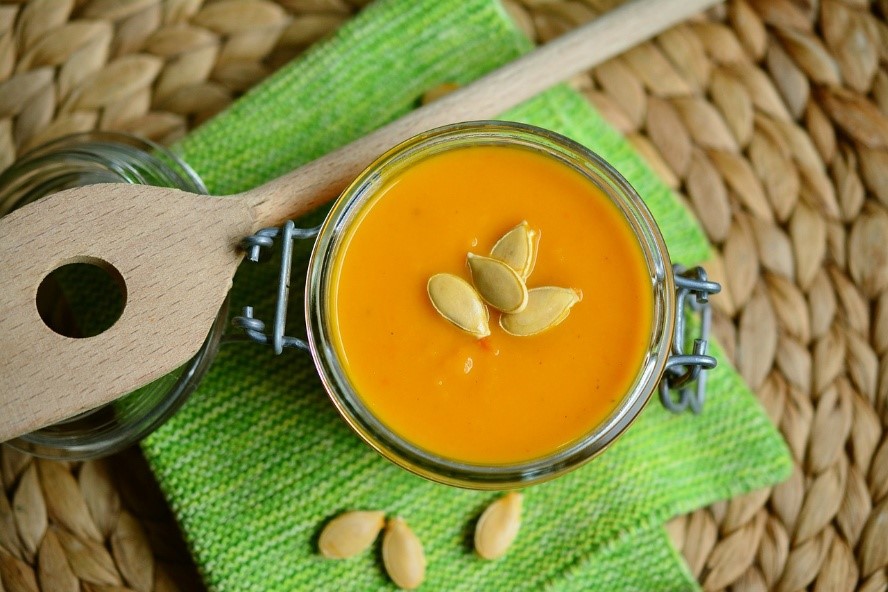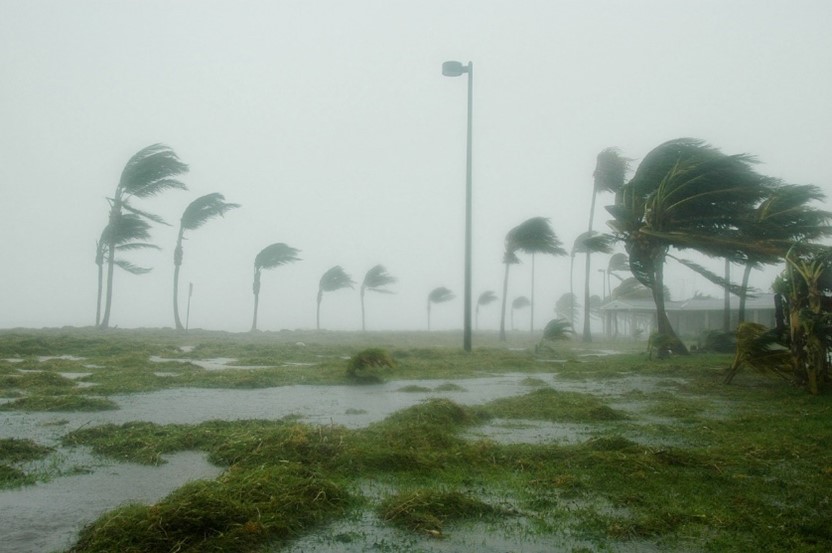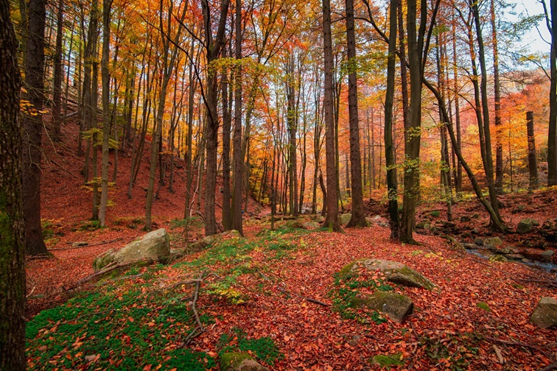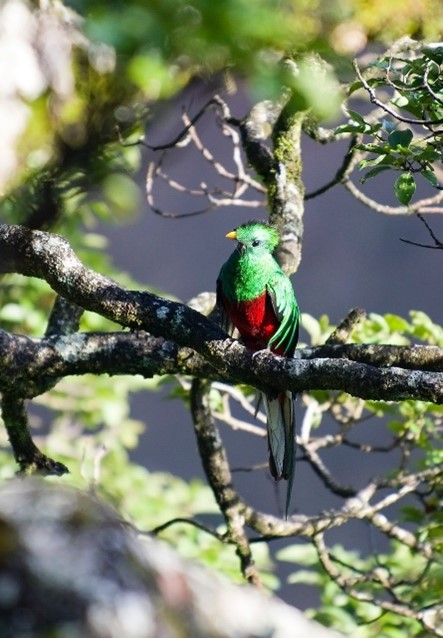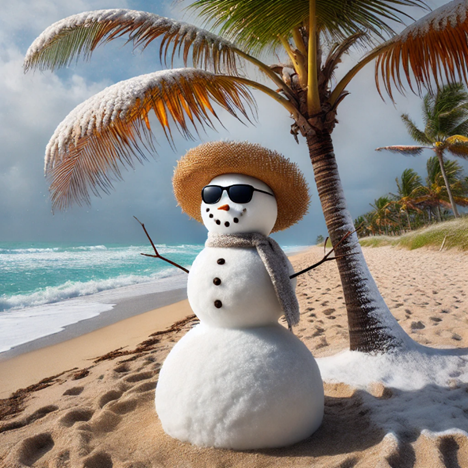
Florida, land of palm trees, beaches, and now snow? This week, the Sunshine State just saw one of its rarest weather events—actual snowfall! Between January 20th and 22nd, 2025, parts of the Florida Panhandle were transformed into a scene from a Hallmark movie, with some areas seeing a whole 5 to 12 inches of snow! That’s not just a light dusting—it’s enough to make a snowman, have a snowball fight, and completely shock lifelong Floridians!
Historically, Florida and snow do not go well together. The previous snowfall record was set in 1954, when Milton, FL, received 4 inches. Before that, the state’s most famous snow event was in December 1989, when the flurries hit parts of North and Central Florida. Although it may seem impossible, South Florida has even seen snow within the last century. On January 19, 1977, Miami saw light snowfall, marking the only recorded snowfall in the region’s history.
Being so used to boiling temperatures, many Floridians are asking, what caused Florida to turn into a winter wonderland? A powerful blast of air swept down from the Arctic, colliding with moisture from the Gulf of Mexico. This combination created a rare winter storm that blanketed parts of Florida in snow. This storm may have fostered a fun snow day for many, but it also shut down a 70-mile stretch of the Interstate 10, stranded commuters, and left thousands without power. For locals, it was both exciting and chaotic. Schools closed, flights were canceled, and social media exploded with videos of Floridians seeing snow for the first time. Some ran outside in shorts and sandals, while others dug out their long-forgotten winter coats.
While the snow has already melted, this event will go down in history as one of the most unexpected weather moments Florida has ever seen. Some meteorologists even link events like this to climate change, as shifts in the north and south poles may be making extreme weather more unpredictable.
So, if you’re a native Floridian who built your first snowman this week, congratulations! You’ve officially witnessed a once-in-a-generation phenomenon.
